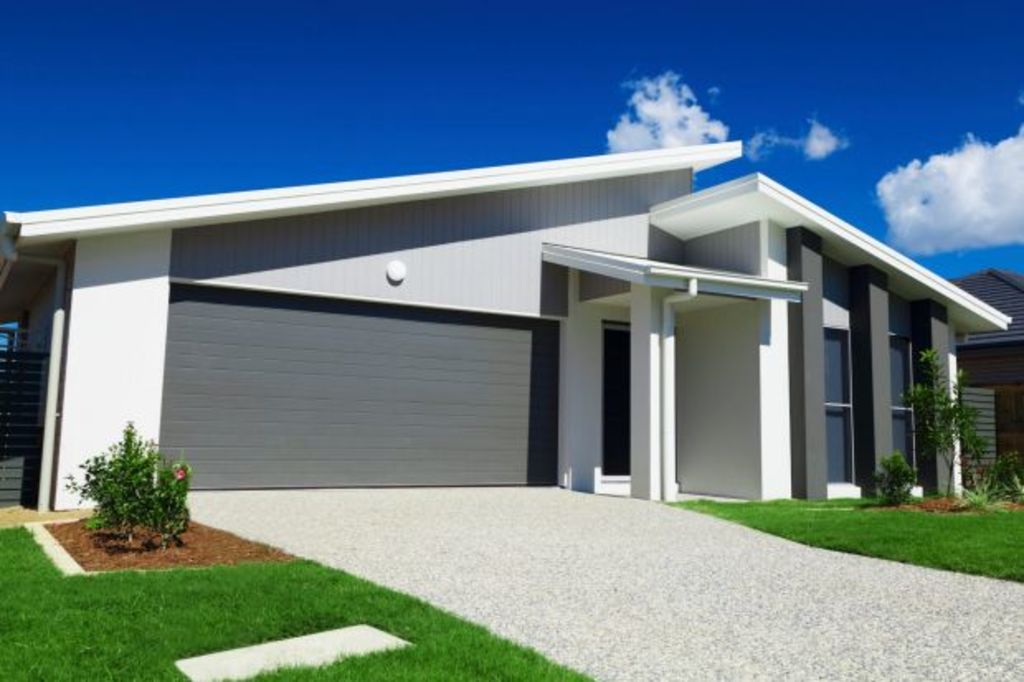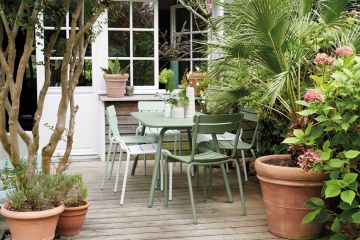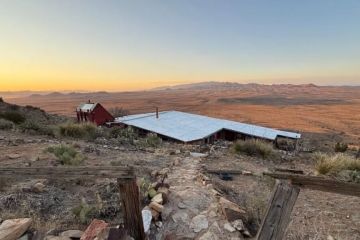Seven ways to create a more energy-efficient home

At a time of spiralling power bills and angst over global warming, it makes perfect sense to renovate your home – or build a new home – in a way that will minimise energy usage.
Rapid advances in alternative power supplies, technology and good design also make energy saving much easier than most people imagine.
We asked the experts for their top seven tips for creating a more energy-efficient home.
1. Ventilate naturally
Make sure your home has plenty of natural ventilation and light, says Jeff Angel of the Total Environment Centre.
“Cross-ventilation will enable it to get as much airflow through as possible, with cooling breezes in summer that means you don’t have to use airconditioning as much, if at all.”
 Taking advantage of natural breezes reduces the need for cooling. Photo: iStock
Taking advantage of natural breezes reduces the need for cooling. Photo: iStock
“Orienting a new home carefully and making sure it has a well-designed layout will help, but houses can also be renovated to introduce greater airflow with the use of louvres, too.”
Windows in areas that will see more sunlight, as well as the use of skylights, will also make a home brighter without the need for constant artificial lighting.
2. Seal the home
There are times when you’ll want to seal your house off completely from the outside to maintain a constant temperature inside. That’s when installing good insulation in the roof space and walls, effective water and draught proofing and double-glazing makes all the difference.
“That’s about making your house an excellent esky,” says architect Tone Wheeler of the Environa Studio. “It will help to preserve heat in winter and keep it cool in the hottest part of a mid-summer day.”
 A renovation is the ideal time to install insulation in an older home. Photo: iStock
A renovation is the ideal time to install insulation in an older home. Photo: iStock
3. Incorporate zoning
It’s not about just being able to seal the house off from the outside either, says sustainability consultant Andy Marlow, a director of ecologically sustainable building designers Envirotecture. It’s also about being able to seal off certain areas inside.
“That’s about zoning or what we used to call ‘doors’,” he says. “Even if you have a house that’s all open plan, you still need to be able to close down different spaces when you want to keep in the heat or cool.”
 Closing off rooms not in use reduces the volume of air that needs to be heated or cooled. Photo: iStock
Closing off rooms not in use reduces the volume of air that needs to be heated or cooled. Photo: iStock
Alongside this, you need a good ventilation system to make sure that moisture doesn’t get trapped inside the building to cause interstitial condensation in walls or the roof.
“We are increasingly seeing cases of this in new construction, even in buildings three months old,” says Marlow. “We need more of the approach, ‘Build it tight, ventilate right’.”
4. Switch to LED
Lighting now accounts for up to 15 per cent of the average household electricity bill, and most homes could cut that cost by at least half by switching to low-energy LED lighting.
“It’s so much more energy-efficient than old-style downlights and incandescent light bulbs,” says David Bare, NSW executive director of the Housing Industry Association.
 LED lights are more efficient and last longer. Photo: iStock
LED lights are more efficient and last longer. Photo: iStock
In addition, modern dimmers, which cut the supply on and off rapidly at hundreds of times a second, reduce the amount of power reaching the bulb. This prolongs the life of the bulb and cuts the overall amount of energy being used, too.
5. Shade the house
Make sure you have plenty of shading, urges Angel. That might mean keeping trees around, or planting more, to shade your home and any concrete surfaces in the immediate vicinity.
“That has a good cooling effect that reduces the need for air conditioning, adds to the tree canopy of the whole neighbourhood with less heat coming up off of paved surfaces at night, and makes sure your house’s impact on the biodiversity of the area is lessened.”
 Shading the house can reduce the need airconditioning in summer. Photo: iStock
Shading the house can reduce the need airconditioning in summer. Photo: iStock
6. Heat and cool efficiently
The monster users of energy around the home are warming and cooling devices – heaters and airconditioners – which can account for as much as two-thirds of your energy, believes Wheeler.
But the answer isn’t trying to persuade people to be cold in winter and warm in summer, he says.
 Producing solar power can offset energy used for heating and cooling. Photo: Andrey Moisseyev
Producing solar power can offset energy used for heating and cooling. Photo: Andrey Moisseyev
“That’s never worked. Instead, install a photovoltaic system with as big an area of solar panels as you can on your roof, on a wall or on the ground, and install a heat pump for a hot water service and attach it to an airconditioning system.”
“It’s so much better to put in a good system that you can run during the day from the sun so at night you’ll be warm – or cool. It’s important that people be comfortable, but in a sustainable way.”
7. Think smart
Utilise technology to cut down on the amount of energy you use, advises Bare. “That could mean lights only coming on when you enter a room, and going off when you leave, and gadgets only being turned on when they’re in use,” he says. “Otherwise, these can all chew up so much electricity, and you’re not even aware of it.”
“There are now so many smart home technology management systems available that control energy use and monitor usage so you can see where to cut back.”
 Automation can help reduce energy usage and change behaviour. Photo: iStock
Automation can help reduce energy usage and change behaviour. Photo: iStock
We recommend
We thought you might like
States
Capital Cities
Capital Cities - Rentals
Popular Areas
Allhomes
More







